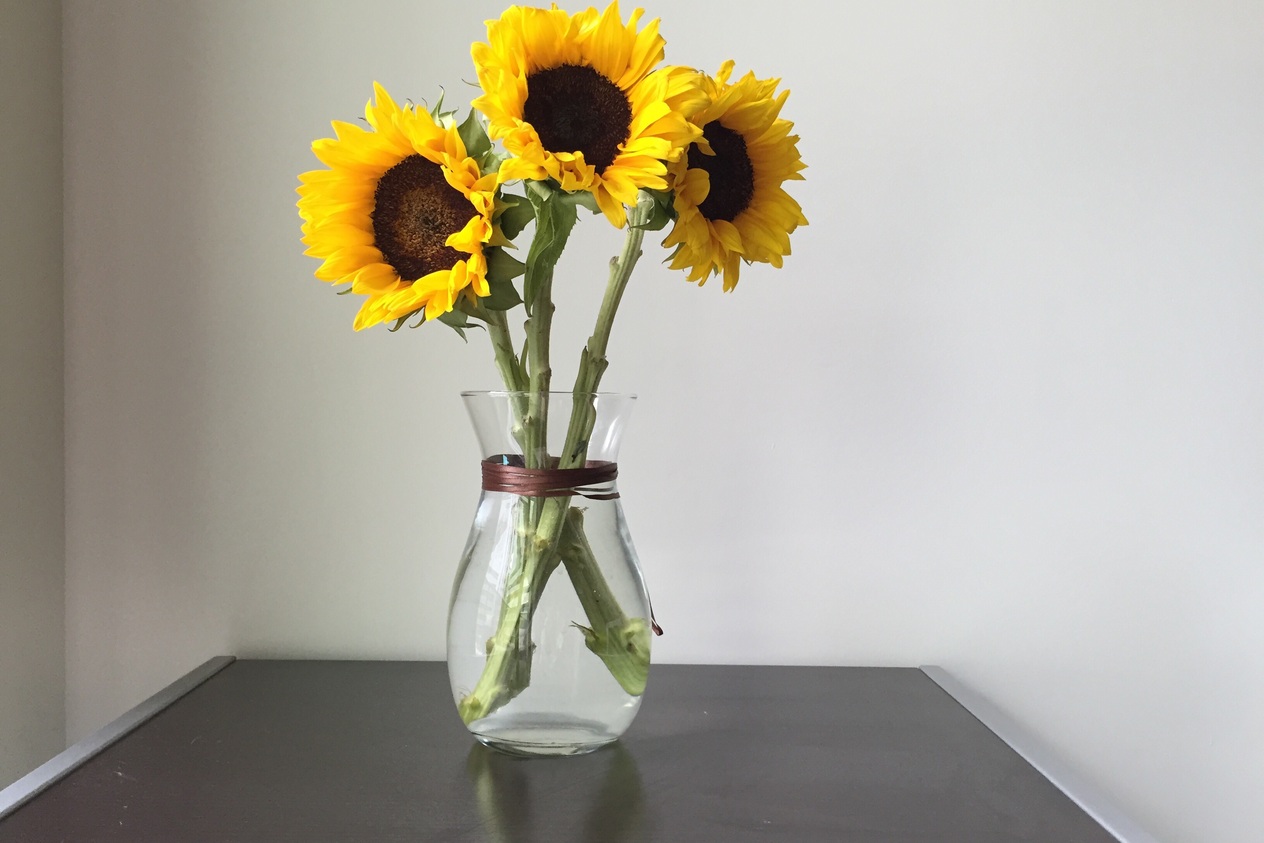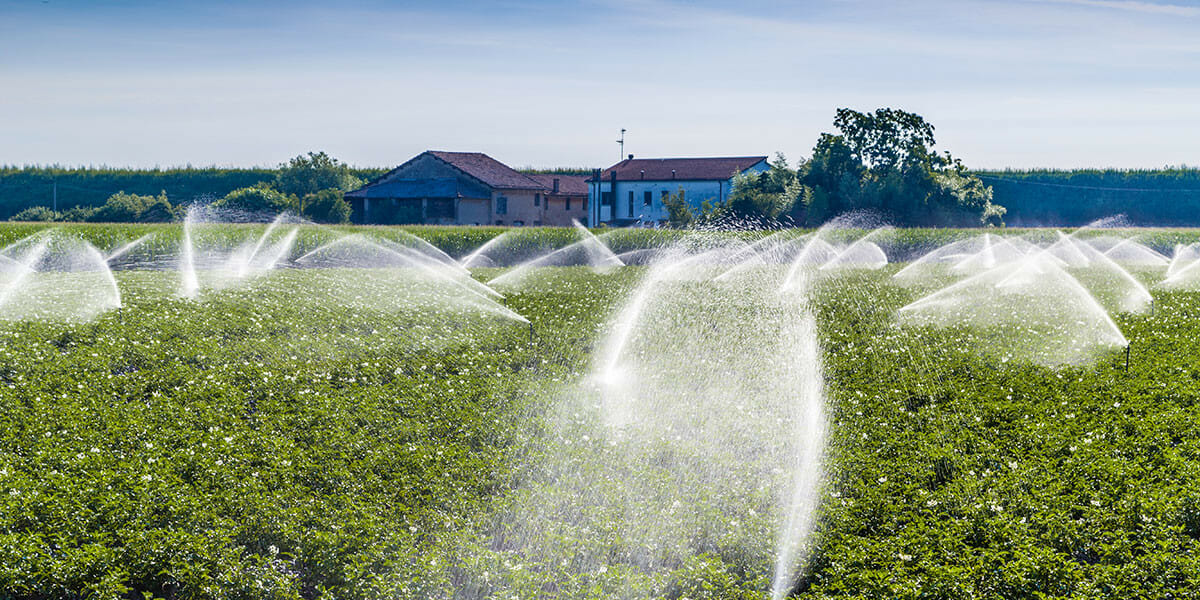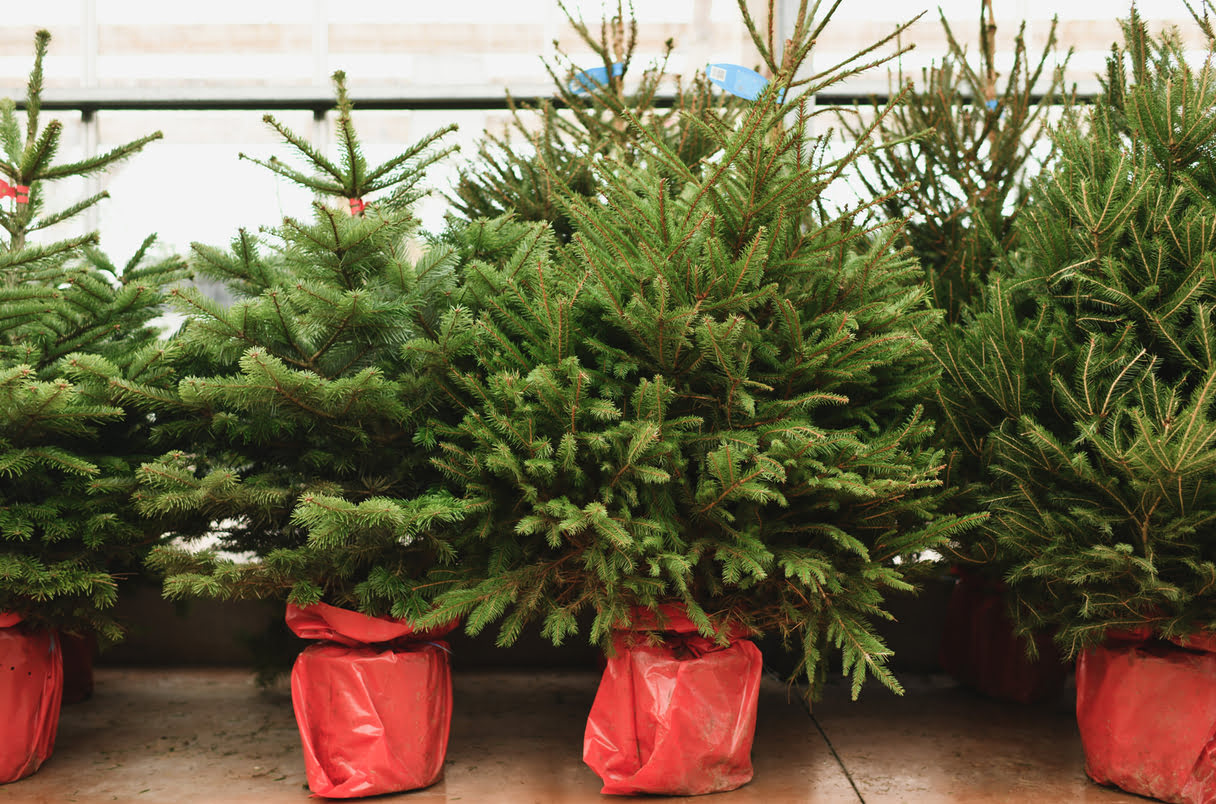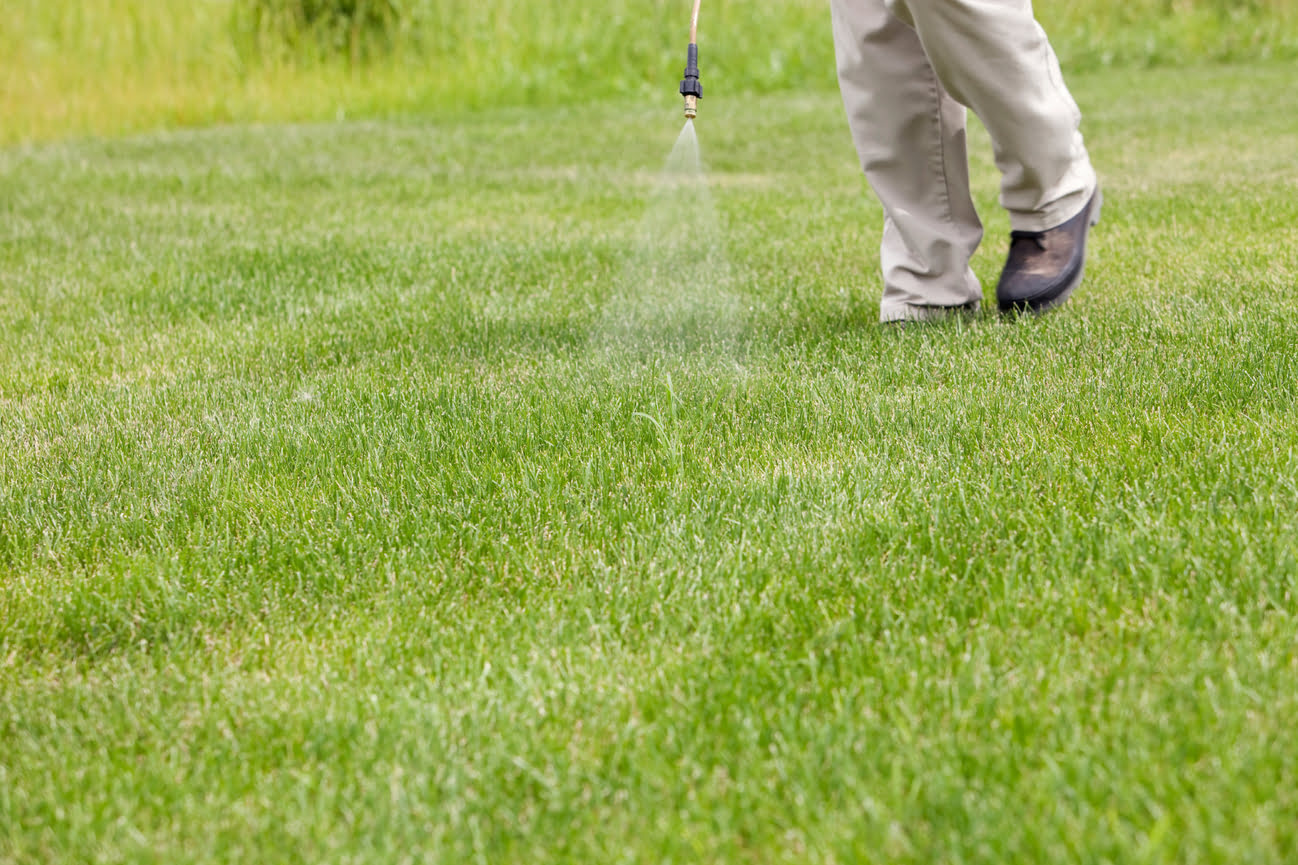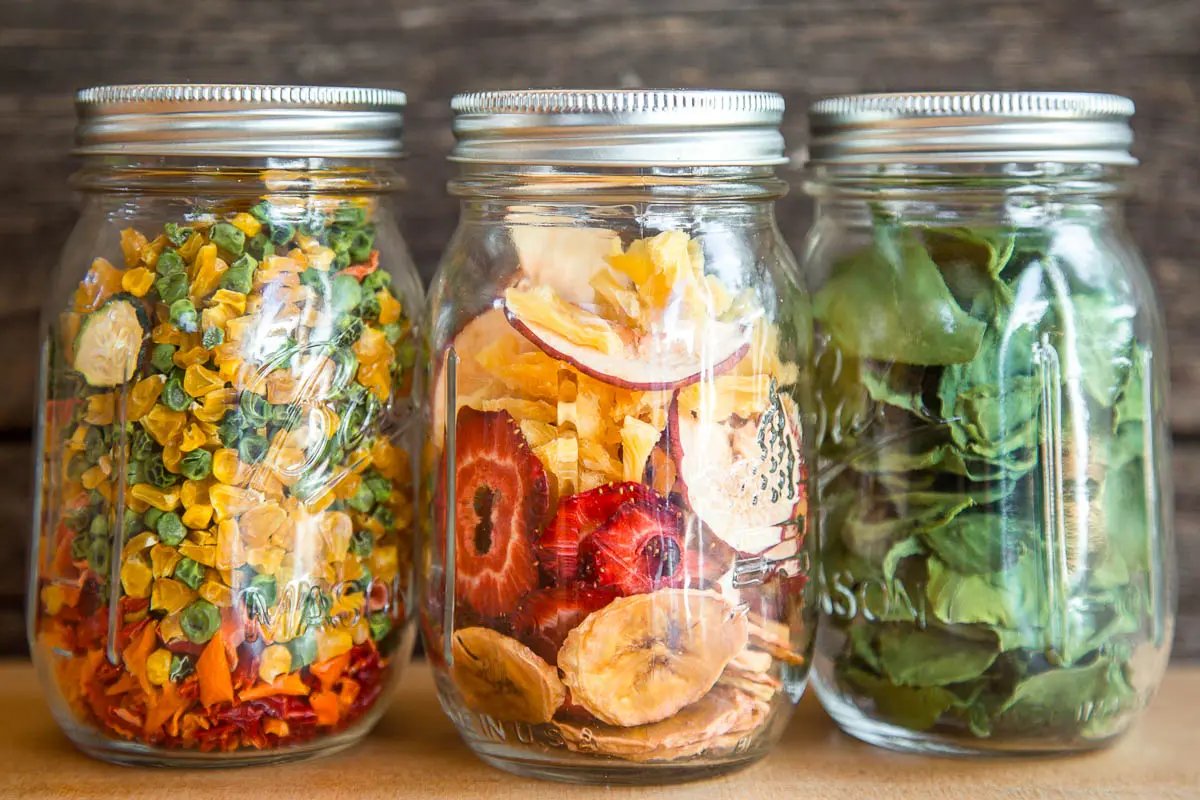Home>Gardening Tips and Tricks>Problem Solving>How Long Do Plant Seeds Last


Problem Solving
How Long Do Plant Seeds Last
Modified: January 22, 2024
Discover effective problem-solving techniques for extending the lifespan of plant seeds and ensure successful germination. Master the art of seed preservation.
(Many of the links in this article redirect to a specific reviewed product. Your purchase of these products through affiliate links helps to generate commission for Chicagolandgardening.com, at no extra cost. Learn more)
Table of Contents
Introduction
Plant seeds are fascinating and vital components of the plant life cycle. They contain the potential to grow into new plants and play a crucial role in the propagation and survival of plant species. However, have you ever wondered how long plant seeds can actually last? Can you still plant those forgotten seeds from years ago and expect them to sprout?
The longevity of plant seeds varies greatly depending on various factors such as the plant species, seed maturity, storage conditions, and seed quality. Understanding the factors that affect seed longevity and adopting proper seed storage methods are essential for maximizing the lifespan of plant seeds.
In this article, we will explore the factors that influence seed longevity, discuss different methods for storing seeds, and provide insights into the lifespan of some common plant seeds. We will also dive into how you can test seed viability and offer tips for extending the longevity of your seeds.
So, whether you are an experienced gardener or a curious beginner, join us as we embark on a journey to unravel the mysteries of seed longevity and discover how you can preserve the potential of plant life for years to come.
Factors Affecting Seed Longevity
The longevity of plant seeds is influenced by several factors, which play a crucial role in determining how long seeds can remain viable. Understanding these factors can help you make informed decisions about seed storage and maximize the chances of successful germination. Let’s explore the key factors affecting seed longevity:
- Species: Different plant species have varying seed longevity. Some seeds are inherently more durable and can remain viable for many years, while others have a shorter lifespan. It’s important to be aware of the specific longevity characteristics of the seeds you are working with.
- Seed Maturity: The maturity of a seed at the time of harvest can significantly impact its longevity. Seeds that are harvested when fully mature and properly dried tend to have a longer shelf life compared to seeds harvested prematurely or with high moisture content.
- Environmental Conditions: The environmental conditions during seed storage play a crucial role in determining how long seeds can remain viable. Seeds are sensitive to factors such as temperature, humidity, and light. Ideally, seeds should be stored in cool, dry, and dark conditions to slow down deterioration and maintain their viability.
- Seed Quality: The quality of the seeds themselves can affect their longevity. Seeds that are genetically well-developed, free from diseases or pests, and have undergone proper processing and cleaning are more likely to remain viable for a longer period.
- Storage Containers: The containers used for seed storage can also impact their longevity. It is recommended to use airtight containers to protect seeds from moisture and pest infestations. Additionally, using opaque containers can prevent exposure to light, which can degrade seed quality.
- Storage Location: Where you store your seeds can also influence their longevity. Avoid storing seeds in areas prone to temperature fluctuations, high humidity, or direct sunlight. Opt for a cool, dry, and dark location such as a refrigerator or a cool basement.
By considering these factors and implementing proper seed storage practices, you can extend the viability of your precious seeds and increase the chances of successful germination when the time comes.
Seed Storage Methods
Proper seed storage is essential for preserving seed viability and ensuring successful germination when the time comes. Here are some commonly used seed storage methods:
- Refrigeration: Refrigeration is a popular method for storing seeds, especially for long-term storage. Place seeds in airtight containers or sealed bags and store them in the refrigerator, preferably in the vegetable crisper drawer. Ensure that the seeds are completely dry before refrigeration to prevent mold or rot.
- Freezing: Freezing can be used for long-term storage of seeds, especially those that require extensive chilling for germination. However, it’s important to note that not all seeds tolerate freezing temperatures. Before freezing, ensure that the seeds are properly dried and place them in airtight containers or freezer bags to protect them from moisture and temperature fluctuations.
- Desiccation: Desiccation is a method that involves removing moisture from seeds to prolong their viability. This can be achieved by placing seeds in a low-humidity environment, such as using a desiccant or silica gel packets in sealed containers. Regularly check and replace the desiccant to maintain an optimal moisture level.
- Seed Envelopes or Paper Bags: For short to medium-term storage, using seed envelopes or paper bags is a convenient and cost-effective option. Place the seeds in a labeled envelope or bag, seal it, and store it in a cool, dry, and dark location.
- Vacuum Sealing: Vacuum sealing is a method that removes air and moisture from the storage container, creating an airtight environment for seeds. This can be done using a vacuum sealer machine or specialized vacuum-sealable bags. Vacuum-sealed seeds can be stored in a cool, dry place away from light.
Remember to label your seed storage containers with the seed variety and the date of storage to ensure proper organization and keep track of seed viability.
Each seed storage method has its pros and cons, so choose the one that best suits your needs and the specific requirements of the seeds you are storing. By using appropriate storage methods, you can maintain seed viability and increase the chances of successful germination when you’re ready to plant.
Typical Lifespan of Common Plant Seeds
The lifespan of plant seeds can vary greatly depending on the species and the specific conditions in which they are stored. While some seeds may remain viable for just a year or two, others can retain their viability for several decades. Here is a general overview of the typical lifespan of common plant seeds:
- Short-lived Seeds: Some plant seeds have a relatively short lifespan and are best planted soon after harvesting. Examples include parsley, parsnips, corn, onions, and leeks. These seeds may lose their viability within one to three years of storage, so it’s recommended to plant them in a timely manner.
- Medium-lived Seeds: Many popular garden vegetables fall into this category. Seeds such as tomatoes, lettuce, peppers, cucumbers, and beans can often remain viable for three to five years with proper storage conditions. However, it’s worth noting that as the years pass, the germination rates of these seeds may gradually decline.
- Long-lived Seeds: Some plant seeds have impressive longevity and can remain viable for an extended period. Examples include brassicas like cabbage and broccoli, root vegetables like carrots and beets, and herbs like basil and dill. These seeds can often last five to ten years, or even longer, if stored properly.
- Longevity Champions: A few plant species are known for their exceptional longevity. For instance, certain tree seeds, such as acorns and beech nuts, can stay viable for several decades. Additionally, seeds of some wildflowers and native plants have the ability to survive for many years, allowing them to germinate when conditions are favorable.
It’s important to keep in mind that these are general guidelines and the viability of seeds can vary depending on various factors mentioned earlier. The best way to determine the viability of stored seeds is through seed viability testing, which we will discuss in the next section.
Before discarding old seeds, it’s worth giving them a chance by conducting seed viability tests. You may be pleasantly surprised by their ability to germinate, even if they have surpassed their typical lifespan.
How to Test Seed Viability
Before sowing stored seeds, it’s important to assess their viability to determine their likelihood of germination. Here are a few methods you can use to test the viability of your seeds:
- Germination Test: One of the most common methods to test seed viability is the germination test. Take a sample of seeds, typically 10 to 20 seeds, and place them on a moist paper towel or in a seed tray filled with a germination mix. Keep the seeds in a warm, well-lit area and observe their germination over a specific period, typically 7 to 14 days. Count the number of seeds that successfully germinate to determine the germination rate.
- Water Float Test: This test is particularly useful for larger seeds. Fill a container with water and place the seeds into it. If the seeds float, it indicates that they have lost their viability and are unlikely to germinate. However, if the seeds sink, there is a higher chance that they are still viable and can be planted.
- Tetrazolium Test: The tetrazolium test is a more advanced method that involves staining seeds with tetrazolium chloride solution. Viable seeds will show a reddish color, indicating living tissue, while non-viable seeds will remain unstained or turn white or brown. This test provides a quick and accurate assessment of seed viability.
- Seedling Vigor Test: In addition to germination rate, it’s also important to assess the vigor of the seedlings that sprout. Weak or stunted seedlings may have lower chances of surviving and producing healthy plants. Observe the growth rate, color, and overall health of seedlings to gauge their vigor.
- Historical Performance: Another approach to assess seed viability is to consider the historical performance of the seeds. If you have successfully grown healthy plants from the same batch of seeds in the past, it’s likely that they will still be viable. However, it’s important to remember that seed viability can decline over time, so it’s worth periodically testing the germination rate.
By utilizing these seed viability testing methods, you can make informed decisions about which seeds are likely to germinate successfully and plan your planting accordingly. It’s always a good idea to test the viability of stored seeds before relying on them for a successful germination and plant growth.
Tips for Extending Seed Longevity
If you want to maximize the longevity of your seeds and increase their chances of successful germination, here are some tips to consider:
- Proper Harvesting: Harvest seeds at the right time when they are fully mature and dry. Avoid harvesting seeds when they are still green or too moist, as this can reduce their longevity.
- Thorough Drying: Before storing seeds, ensure they are completely dry to prevent mold or rot. Spread them out in a single layer on a paper towel or screen and allow them to air dry in a well-ventilated area for a few weeks.
- Seed Cleaning: Remove any plant debris or chaff from the seeds before storage. This helps prevent the growth of mold and reduces the risk of pest infestation during storage.
- Appropriate Storage Containers: Choose the right storage containers for your seeds. Use airtight containers or sealed bags to protect seeds from moisture, air, and pests. Opaque containers can prevent light exposure, which can degrade seed quality.
- Optimal Storage Conditions: Store seeds in cool, dry, and dark conditions to slow down deterioration. Ideally, the temperature should be around 32-41°F (0-5°C) and the relative humidity below 50%. Avoid storing seeds in areas prone to temperature fluctuations, high humidity, or direct sunlight.
- Regular Monitoring: Periodically check your stored seeds for any signs of mold, pests, or moisture. Remove any damaged or deteriorating seeds to prevent them from affecting the viability of the remaining seeds.
- Rotation and Usage: Don’t hoard seeds indefinitely. Use them within their recommended lifespan, as outlined in our previous section. Rotate your seed collection and prioritize using older seeds first to maintain a fresh supply.
- Labeling and Organization: Label your seed containers with the seed type and the date of storage. This helps you keep track of the seeds and their potential viability. Consider using a seed inventory system or spreadsheet to manage your collection.
- Save Seeds from Healthy Plants: When saving seeds for future use, select seeds from healthy, vigorous plants. This helps ensure that the seeds have a better chance of success and continue the traits of robust growth.
By following these tips, you can extend the longevity of your seeds and increase the likelihood of successful germination when you’re ready to plant. Remember, proper seed storage and maintenance are key to preserving the potential of your seeds for years to come.
Conclusion
Understanding the longevity of plant seeds is essential for gardeners and growers who want to preserve and maximize the potential of their seeds. By considering factors such as the species, seed maturity, storage conditions, and seed quality, you can make informed decisions about seed storage and increase the chances of successful germination.
We explored various seed storage methods, including refrigeration, freezing, desiccation, seed envelopes, and vacuum sealing. Each method has its advantages and is suitable for different storage durations and seed types. It’s important to choose the method that aligns with your needs and the specific requirements of your seeds.
We also delved into the typical lifespan of common plant seeds, ranging from short-lived seeds like corn and onions to long-lived seeds like cabbage and beets. Understanding the average viability of different seeds can help you plan your planting and prioritize using older seeds first.
Additionally, we discussed various methods to test seed viability, such as germination tests, water float tests, tetrazolium tests, and assessing seedling vigor. Regularly testing the viability of stored seeds will help you determine their potential for germination and make informed decisions for successful planting.
To extend the longevity of your seeds, we provided tips such as proper harvesting, thorough drying, seed cleaning, choosing appropriate storage containers, maintaining optimal storage conditions, regular monitoring, rotation and usage, labeling and organization, and saving seeds from healthy plants. Applying these tips will help you preserve seed viability and increase the longevity of your seed collection.
So, whether you’re a seasoned gardener or a newcomer to seed storage, remember that with proper care and storage practices, you can extend the lifespan of your seeds and ensure that they continue to bring life and beauty to your garden for years to come.
